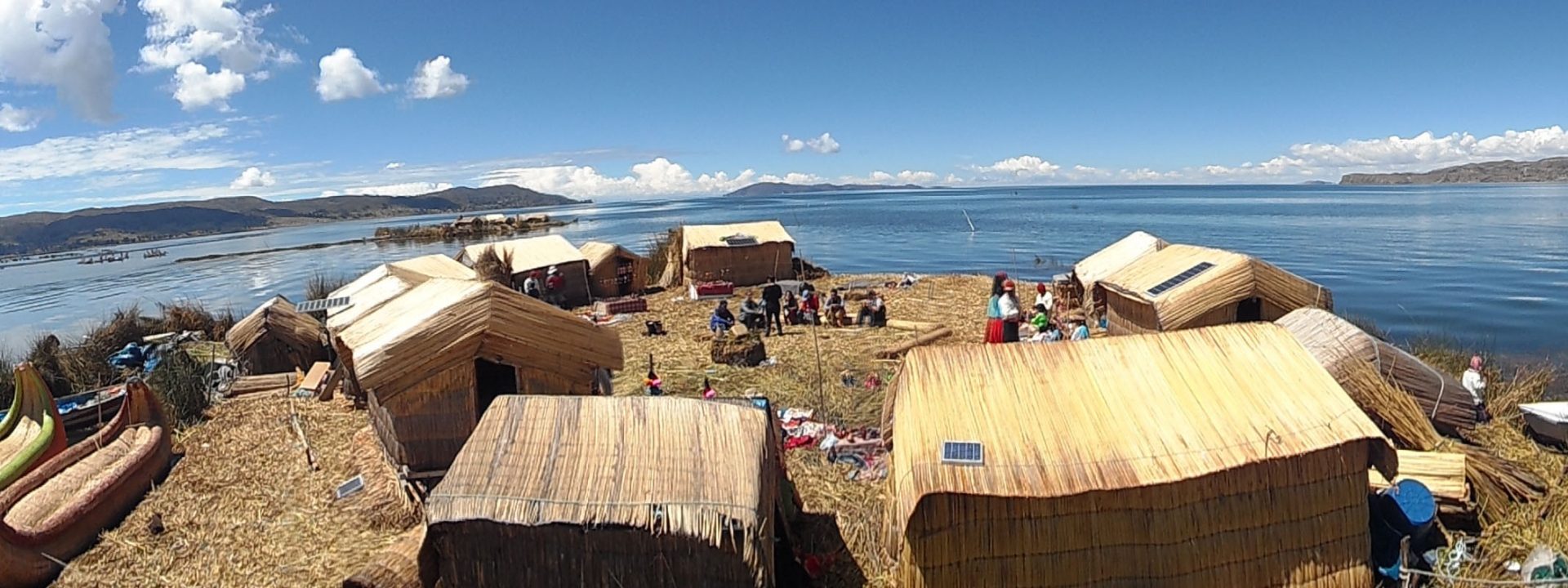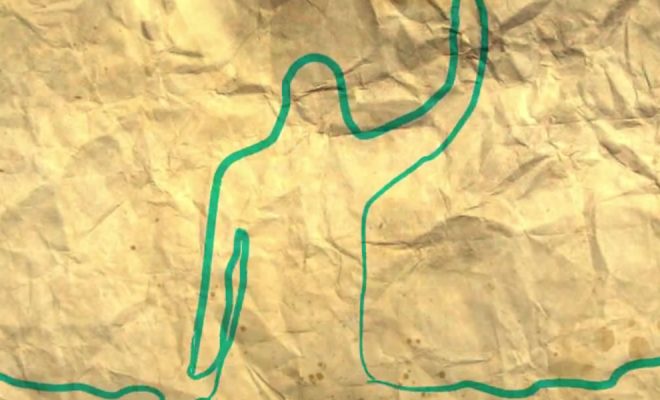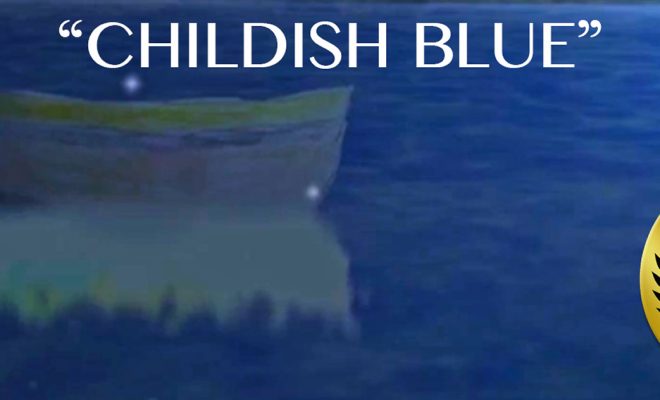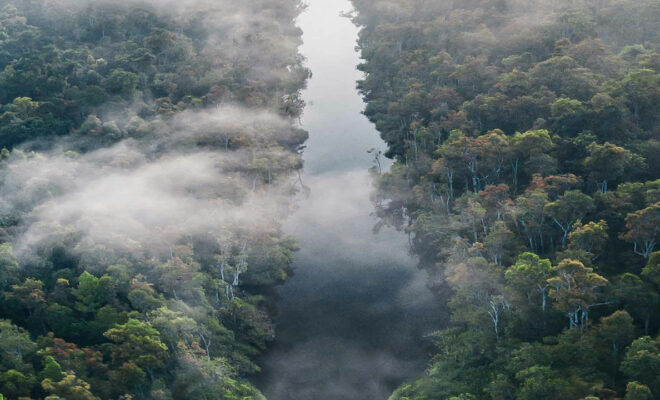Short film by GamonalEye, finalist of the We Art Water Film Festival 2013/14
Viracocha emerges from the Titicaca and creates Andean humanity from the mud on its shores. This mythical legend, which gives a mystical halo to the highest navigable lake in the world (3,810 m), could not be repeated today: the largest expanse of lake water in South America (58,000 km²) has seen its ecosystem altered by high levels of pollution that compromise the health and subsistence of the 1.3 million inhabitants that are distributed along the 1,125 km of coastline of the sacred lake of the Incas.
The Coata River, which flows into the bay of Puno, west of the Titicaca, is one of the biggest sources of pollution, discharging the equivalent of 2,500 Olympic wastewater pools into the lake each year. About 200 tons of domestic, hospital and industrial waste, mainly from Juliaca, capital of the province of San Roman, in the vicinity of the Chacas lagoon, are dumped daily into the river, which has become a conveyor belt for waste that ends up stagnant on the banks of the Titicaca. Some 23 urban conglomerates, whose drains flow into the lake without any treatment, magnify the disaster.
However, gold mining is the worst source of chemical pollution. Legal or illegal, in these upstream deposits, up to 15 tons of mercury are used each year to purify the noble metal. The toxic waste ends up irremediably in the endorheic basin of the lake that Peru shares with Bolivia.
A 2014 study by the University of Barcelona corroborated what the engineer Moisés Durán, who appears in the short film, had denounced 10 years earlier: he found mercury, cadmium, zinc, lead and copper above the levels allowed for human consumption in four types of fish that are part of the population’s diet.
The consequences of consuming food and water with heavy metal residues are anemia, intestinal problems, osteoporosis and mental problems. During the last two decades, these diseases have ostensibly affected the coastal population, 80% of which is very poor and lacks basic water, sanitation, electricity and health services.
Water treatment plants and ancestral culture
But the most disadvantaged are the Uru natives, one of the ancestral cultures of the Titicaca area, who live on floating islands made with totora leaves and which are one of the tourist attractions of the area. What tourists do not usually see is that their inhabitants consume the water directly from the lake without any treatment or sanitary control, and fishing, their main livelihood, has diminished and become polluted. On the shores of the lake lies another ancient culture, the Aymara, which has traditionally traded with the Uru and which is also suffering the harmful consequences of water pollution.
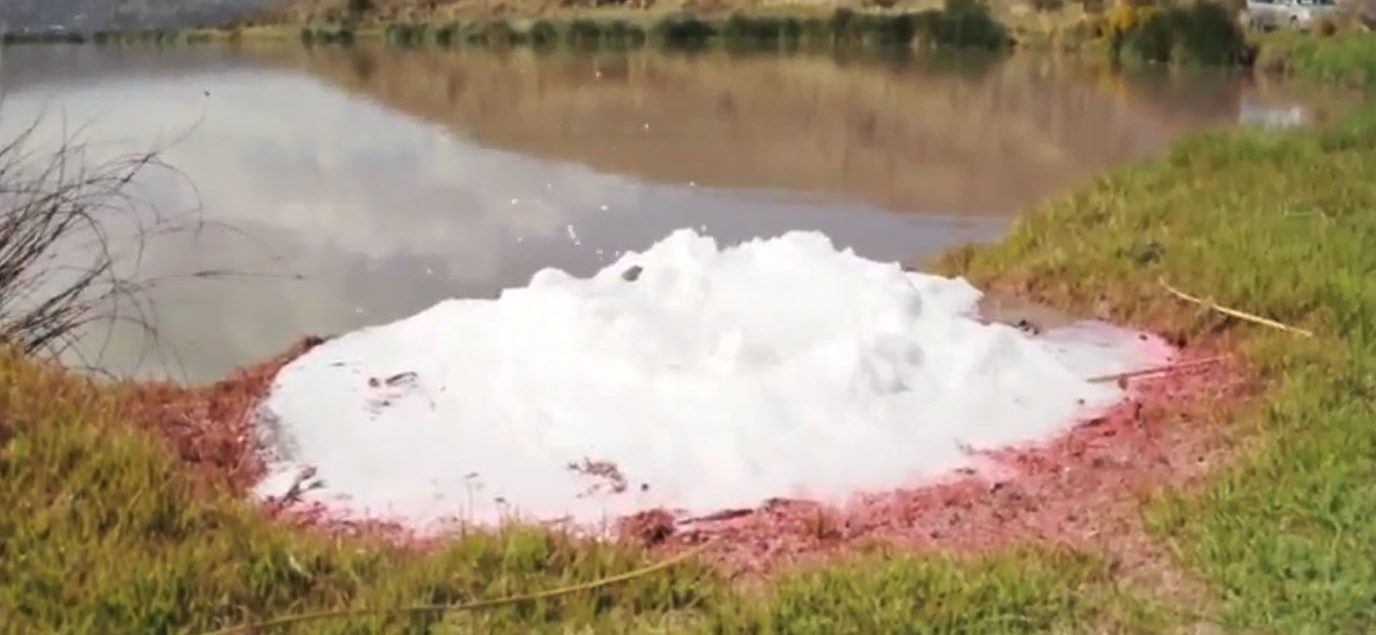
After decades of immobility, in 2016 the Peruvian government decided to establish a plan for the treatment of wastewater discharged into the lake. After several delays, this plan was launched last March with the start of the construction of four treatment plants. In 2019, as soon as the works are allocated, another six will be built, treating the wastewater of a population of more than 700,000 people.
They are essential infrastructures to save the life of Titicaca, but so is education and the recovery of ancestral knowledge of the Aymara and Uru cultures, respectful of water and land. In 2010, the We Are Water Foundation collaborated with Educo in a project that is a reference in this sense: the recovery of ancestral culture to save the Titicaca. It is essential to favour the old farming systems on the banks, incorporating innovations and ensuring their sustainability thanks to ecological measures, efficient water collection systems by means of traditional techniques and training in the rational use of water both for family consumption and for agricultural production.
Ancestral knowledge must be protected in the Titicaca; in this way, young people will be able to perpetuate this ancient wisdom that is part of the identity of an area that is also threatened by climate change. They are the guarantee of the sustainability and life of one of the ecosystems that is a part of the historical heritage of all humanity.


